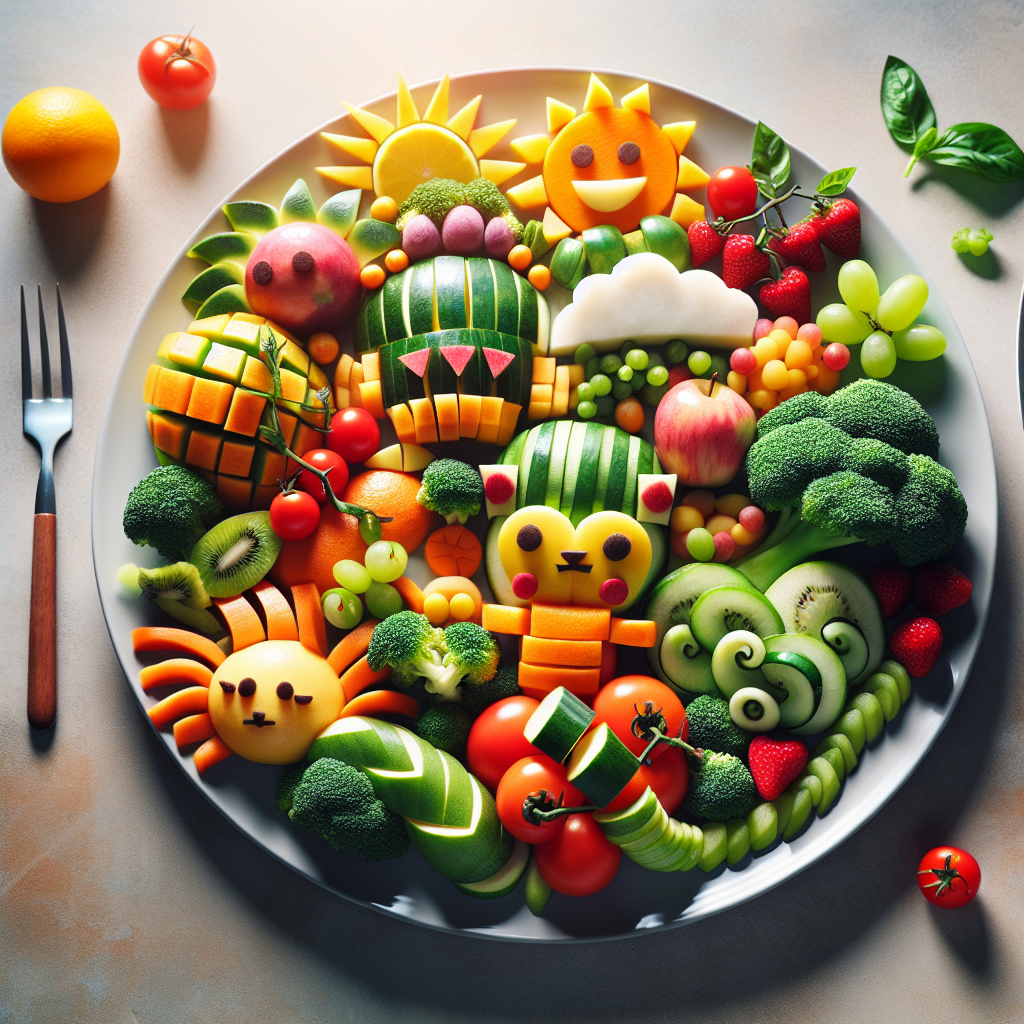Creative Ways to Introduce Organic Foods to Picky Eaters
Convincing picky eaters to try organic foods can feel like an uphill battle, but with the right strategies, you can transform mealtime struggles into healthy eating wins. By making nutritious foods fun, familiar, and flavorful, parents can help children develop a taste for organic ingredients that will benefit them for years to come.
Sneaky Swaps That Kids Won’t Notice
One of the easiest ways to introduce organic foods is by making subtle substitutions in familiar dishes. Children are more likely to accept new foods when they don’t realize they’re eating something different.
- Pasta perfection: Replace regular pasta with organic whole wheat or legume-based varieties. The similar texture means most kids won’t detect the difference.
- Sweet surprises: Add pureed organic butternut squash or cauliflower to mac and cheese for extra nutrients without altering the creamy texture.
- Baking boosts: Substitute half the flour in pancakes or muffins with organic oat or almond flour for added protein and fiber.
Make It Fun: Creative Presentation Ideas
Presentation matters more than you might think when it comes to picky eaters. Turning healthy foods into playful creations can spark curiosity and willingness to try new things.
Rainbow Plates
Create colorful arrangements of organic fruits and vegetables to make eating healthy an exciting visual experience. Try arranging:
- Red: Organic strawberries or cherry tomatoes
- Orange: Organic carrot sticks or bell pepper slices
- Yellow: Organic pineapple chunks or summer squash
- Green: Organic cucumber slices or sugar snap peas
- Purple: Organic grapes or cabbage leaves
Food Art
Turn ordinary ingredients into edible masterpieces:
- Make a vegetable garden with broccoli trees, carrot flowers, and cucumber ponds
- Create fruit faces on whole wheat toast using banana slices for eyes and strawberry lips
- Build a rainbow wrap with colorful organic vegetables rolled in a whole grain tortilla
Involve Kids in the Process
Children are more likely to eat what they’ve helped prepare. Get them involved at every stage of food preparation to build excitement and familiarity with organic ingredients.
Grocery Shopping Together
Turn a trip to the organic market into an adventure:
- Let children pick one new organic fruit or vegetable to try each week
- Make a scavenger hunt for colorful produce
- Teach them how to identify organic certification labels
Cooking Activities
Simple kitchen tasks can make children feel invested in the meal:
- Washing organic fruits and vegetables
- Tearing lettuce for salads
- Mixing ingredients in bowls
- Assembling their own healthy wraps or pizzas
Smoothie and Juice Hacks
Blending is one of the most effective ways to pack nutrients into kid-friendly formats. The sweetness of fruits can mask the taste of vegetables, making smoothies perfect for picky eaters.
Favorite Combinations
- Green Monster: Organic banana, spinach, almond milk, and peanut butter
- Berry Blast: Organic mixed berries, Greek yogurt, and flaxseed
- Tropical Treat: Organic mango, pineapple, coconut water, and chia seeds
Presentation Tips
- Serve in colorful cups with fun straws
- Make smoothie popsicles for a frozen treat
- Use cookie cutters to create fruit garnishes
Dips and Sauces: The Great Equalizers
Many children will eat almost anything if they can dip it. Offer healthy organic dipping options to make raw vegetables and other nutritious foods more appealing.
- Hummus: Made with organic chickpeas, tahini, and olive oil
- Yogurt dip: Organic Greek yogurt mixed with herbs
- Guacamole: Organic avocado with lime and salt
- Nut butters: Organic almond or peanut butter for fruit dipping
Gradual Introduction Approach
Introducing new organic foods slowly increases acceptance rates. Follow these steps for best results:
- Start with small portions of the new food alongside familiar favorites
- Pair the new food with something you know your child already likes
- Offer the same food prepared different ways (raw, steamed, roasted)
- Be patient – it may take 10-15 exposures before a child accepts a new food
- Praise any interaction with the new food, even if they just touch or smell it
Setting Up for Success
Create an environment that encourages healthy eating habits:
- Keep healthy organic snacks visible and within reach
- Use child-sized plates and utensils to make eating easier
- Establish regular meal and snack times to prevent grazing
- Be a role model by eating organic foods yourself
- Keep mealtimes positive – avoid power struggles over food
Remember that developing healthy eating habits is a journey. Celebrate small victories and stay consistent with your approach. With patience and creativity, even the pickiest eaters can learn to enjoy a variety of nutritious organic foods.
